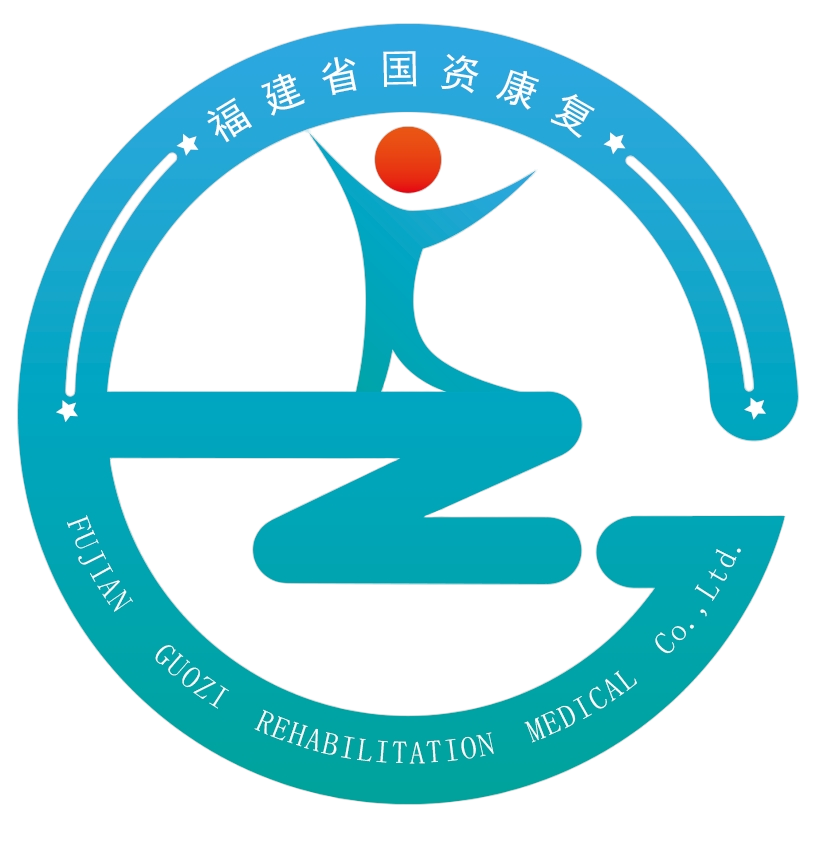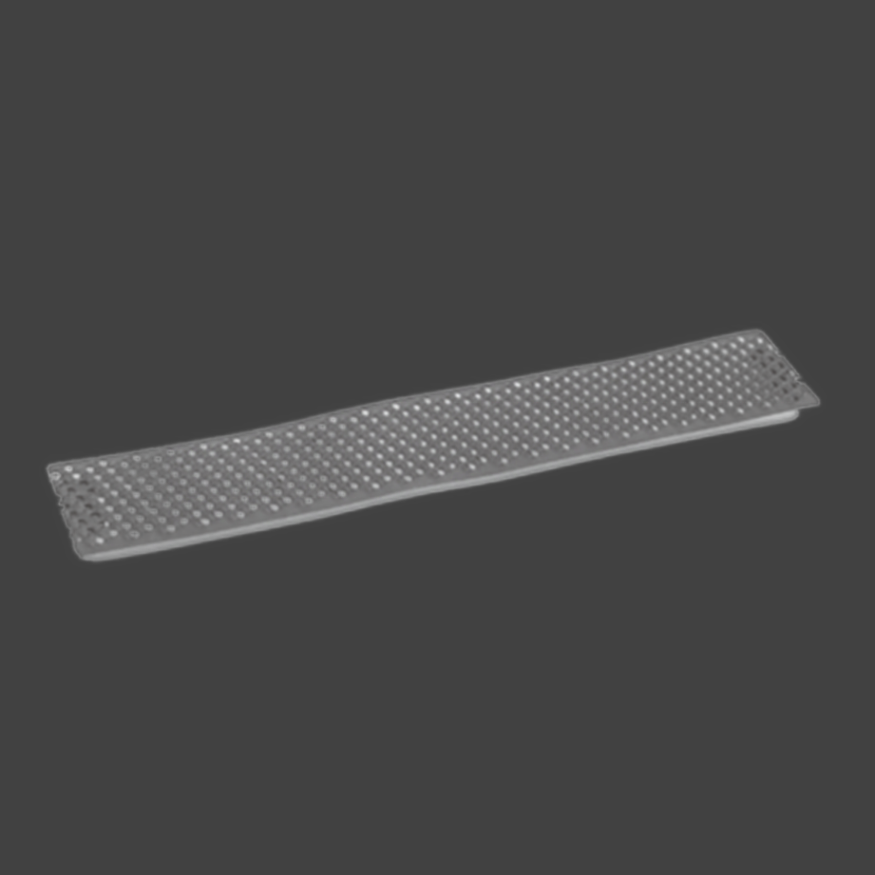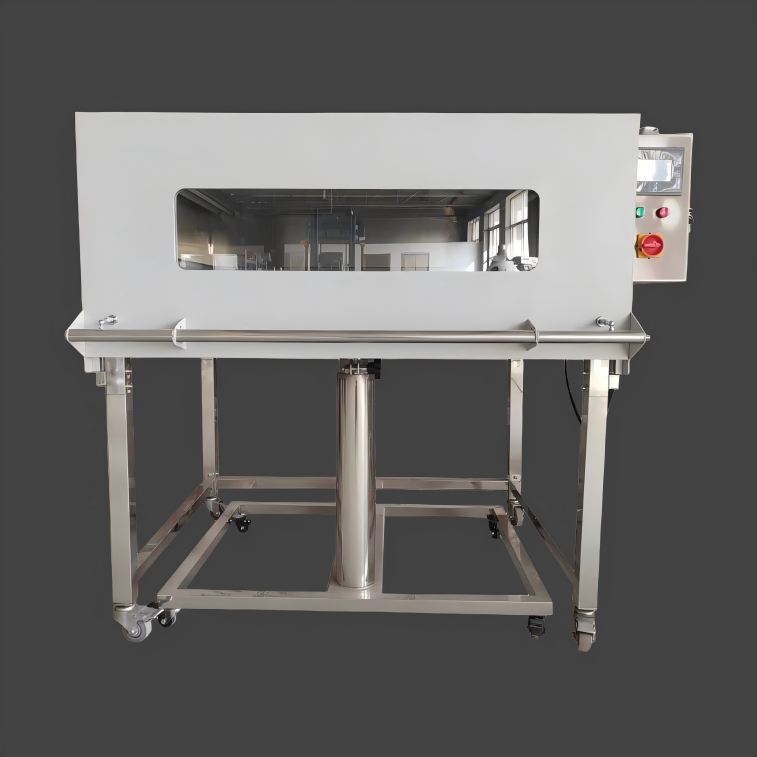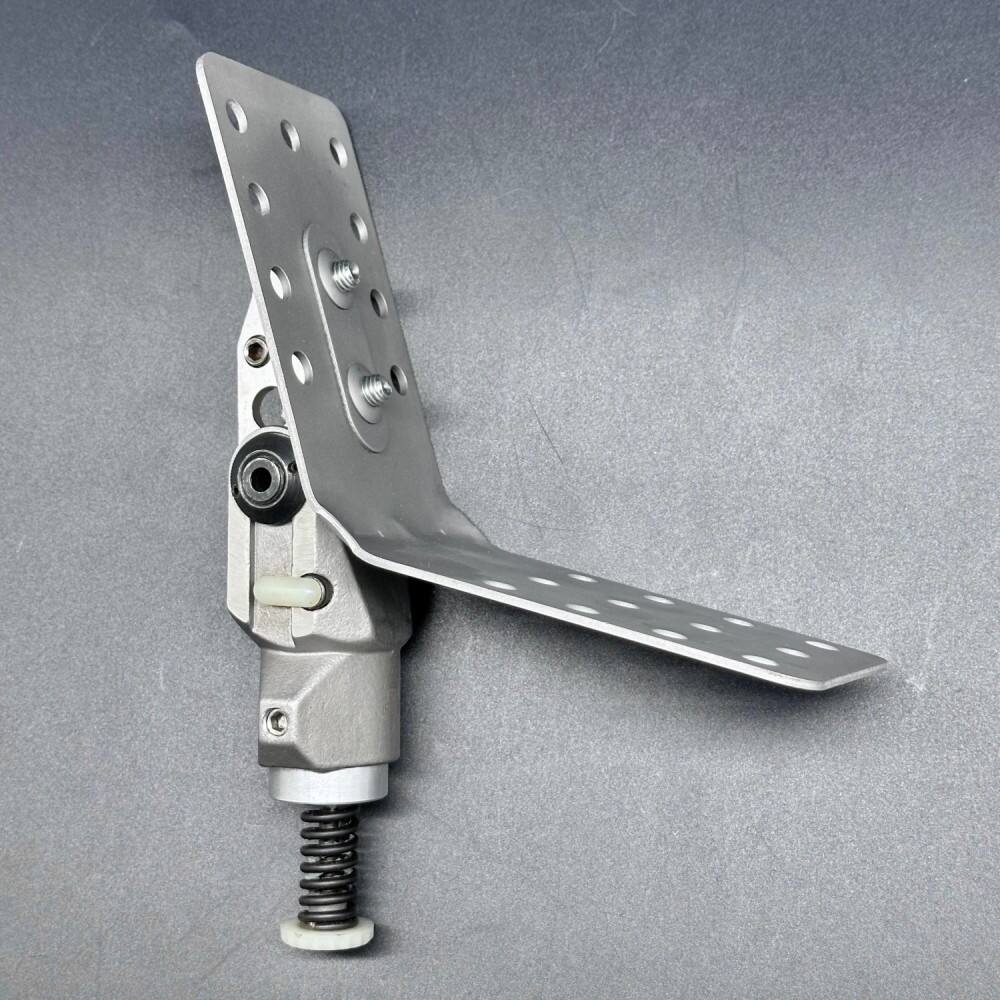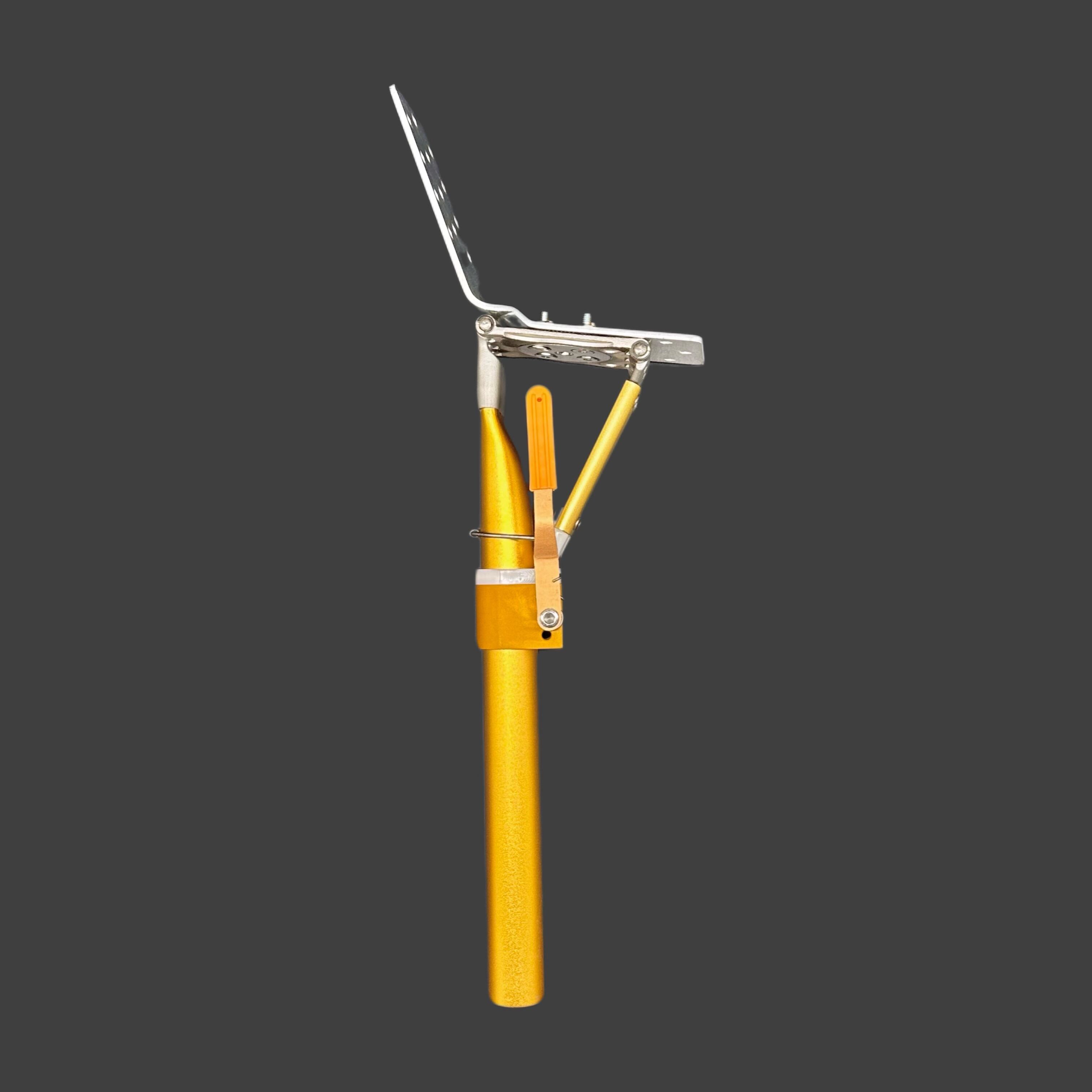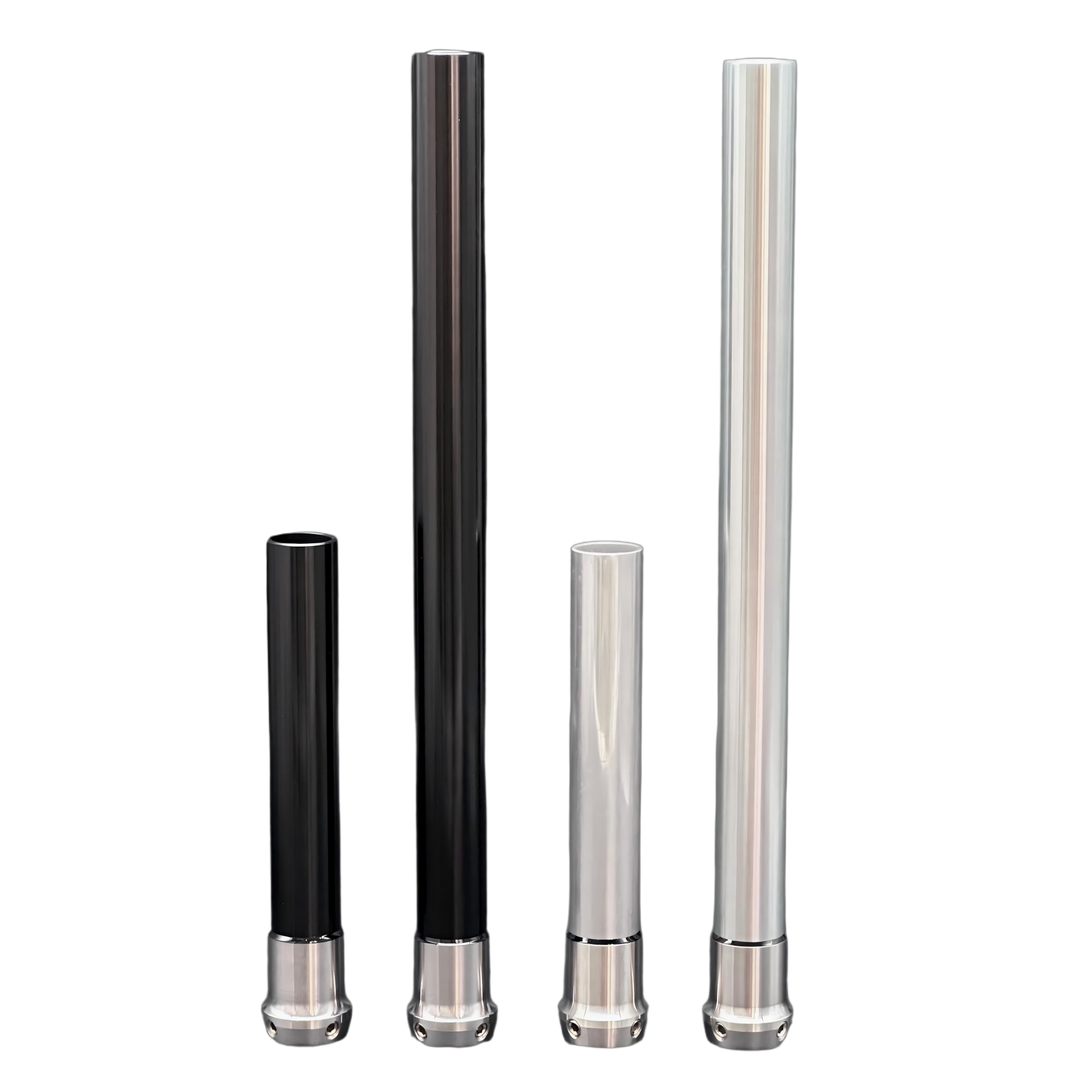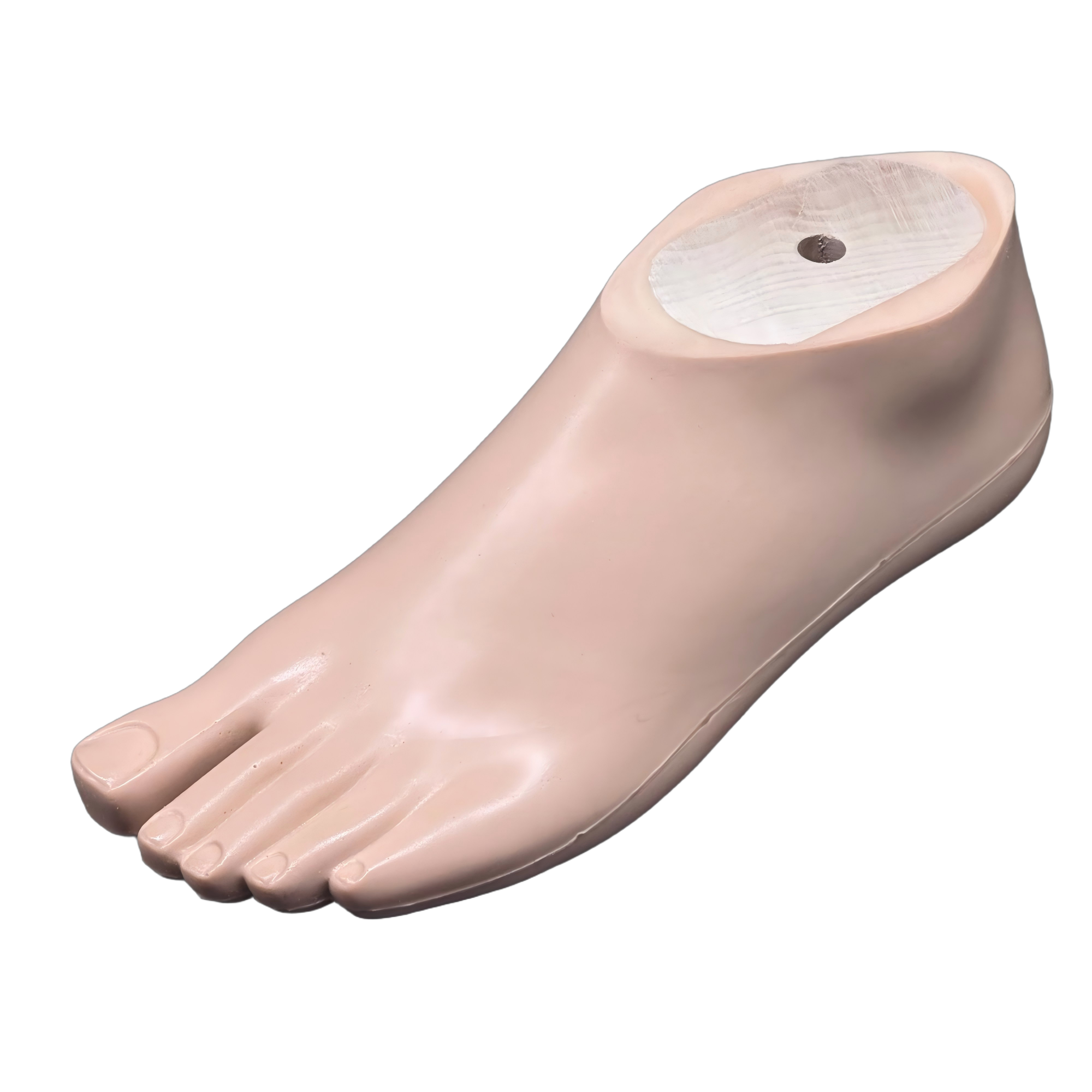Gevorderde mikroprosessorbeheerstelsel
Die heupdisartikulasieprotese beskik oor 'n topgeleë mikroprosessorbeheerstelsel wat 'n deurbraak in protegtechnologie verteenwoordig. Hierdie intelligente stelsel monitor voortdurend en pas die protese se werkverrigting in realtyd aan, deur duisende data punte per sekonde te verwerk om bewegingspatrone te optimeer. Die stelsel maak gebruik van gevorderde sensore om veranderinge in terrein, staptempo en gebruikersbedoeling waar te neem, en pas outomaties die gewrigweerstand en bewegingsparameters aan om optimale werkverrigting te verseker. Hierdie gevorderde beheermeganisme maak dit moontlik om naadloos oor te skakel tussen verskillende aktiwiteite, vanaf stap op vlak grond tot die gebruik van trappes of hellingpadde. Die stelsel se aanpasbare vermoëns verminder aansienlik die kognitiewe inspanning wat nodig is vir beweging, en dit laat gebruikers toe om op hulle omgewing te fokus eerder as om hulle protese bewustelik te beheer. Die mikroprosesorbeheer sluit ook aanpasbare instellings in wat verfyn kan word om individuele gebruikersvoorkeure en aktiwiteitvlakke te pas, en dit bied 'n werklik gepersonaliseerde ervaring.


